It's one new development that will be joined by an expanded range of turbo engines as Kia lures an increasingly sophisticated list of buyers. Under development is the three-cylinder turbocharged 1.2-litre petrol engine that Kia's German-based power train manager Joachim Hahn says will soon replace units of 1.6-litre and higher. That indicates there's a new direction for Rio and, for some markets, even the bigger Optima sedan.
He clearly lays out a path for Kia that is high on engineering sophistication and with concentration on petrol - rather than diesel - power for the future. In arriving at the 1.2-litre, Mr Hahn - "it means 'cock','' he says by way of introduction - says Kia also developed a two-cylinder version.
"But though we could save a bit more fuel, it was noisy and had vibration problems,'' he says. "To fix the vibration we would have to put in balance shafts and that would increase friction and cost so we would have found more benefits in a three cylinder.''
He says Kia has made significant changes in recent years as it developed new engines. "In the past few years we started quite strongly in diesels,'' he says. But we found new technology in developments such as the 1-litre, three-cylinder petrol engine for the Picanto (small car) that uses variable valve technology to maximise power and minimise fuel consumption and emissions.
"Consumers won't accept a lack of power in a small car. They also won't pay extra for new technology because small cars are generally price sensitive. So that rules out turbo-charging for the lower end of the market because it's too expensive.
"Diesel engines are also too expensive for the Picanto market. It can add about $3000 to the cost and customers won't pay that. "So, in the case of the Picanto's engine, it is a three cylinder with variable vales and a variable inlet manifold - this is relatively inexpensive technology that won't harm the price of the car.''
The carmaker is also introducing bi-fuel - that's LPG and petrol - to its small-car range in some markets because it can slash missions. A Picanto, for example, with a bi-fuel engine can achieve a very low 90 grams per kilometre of CO2.
Kia will add turbo-charging to many of its engines destined for the more expensive end of its market. "Turbo-charging is clearly on our road map,'' he says.
"Combined with direct-petrol injection, it is our new future.'' Kia makes a turbo-petrol engine for the Optima for the US market which has 200kW and a flat torque curve.
Kia says that model will be considered for Australia but demand in major markets - such as the US - may push out its launch time. He sees a different type of turbo-charging for diesels and new challenges for petrol-fuelled engines.
"We are looking at downsizing the capacity of diesel engines,'' he says. "Normally, it is petrol engines that get smaller. Now we are looking at a smaller capacity diesel with two-stage turbo-charging. It's a high challenge but it s potential to further cut diesel fuel use and emissions.''
One of the unexpected problems he sees for the near future is government regulation to reduce the amount of particulates - generally soot from an exhaust in a diesel vehicle - from petrol engines. "Petrol engines do produce particulates,'' he says.
"Now we believe that these may be targeted and tat means we have to apply more technology to future petrol engines. Previously this wasn't an issue for us. "It's just another challenge.''






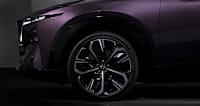


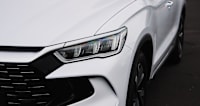




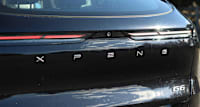
.jpg)


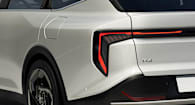

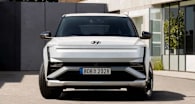



.jpg)
.jpg)
